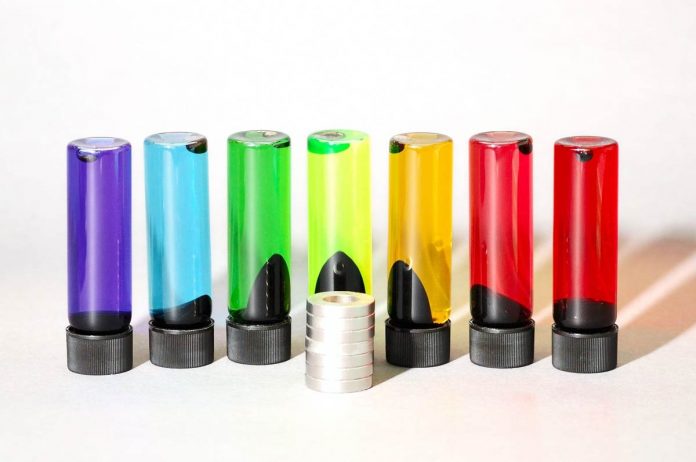The COVID-19 pandemic highlighted the annihilating impact of acute lung inflammation. This is a part of acute respiratory distress syndrome which is the dominant cause of death in COVID-19. A new way to the diagnosis and treatment of ARDS comes from studying how neutrophils which is the white blood cells responsible for detecting and eliminating harmful particles in the body, differentiate what materials to uptake by the material’s surface structure. Favour uptake of particles that exhibit “protein clumping”. This is according to a new study from the Perelman School of Medicine at the University of Pennsylvania. The research paper has been published in Nature Nanotechnology.
Scientists found out how neutrophils are able to differentiate between bacteria to be destroyed and other compounds in the bloodstream, like cholesterol particles. Scientists tested a library consisting of 23 different protein-based nanoparticles in mice with ALI which revealed a set of “rules” that predict uptake by neutrophils. Neutrophils don’t take up symmetrical, rigid particles, such as viruses, but they do take up particles that exhibited “protein clumping”. The scientists called it nanoparticles with agglutinated protein.
ALI and ARDS, both are life-threatening forms of respiratory failure with high morbidity and mortality rates. Before COVID-19, there were 190,000 annual cases of ARDS in the U.S. and 75,000 deaths. ARDS was caused by pneumonia, sepsis, and trauma. COVID has increased ARDS cases into the millions. When ALI or ARDS happens, the lung’s air sacs recruit neutrophils to the lungs in order to eliminate circulating microbes. This process makes neutrophils release compounds that further aggravate lung injury and damage the air sacs. This is why, patients develop low blood oxygen levels. Despite the severity of ALI/ARDS, there is no effective drug to control it. The treatment also currently focuses on supporting patients while the lungs naturally and slowly heal.
Researchers at Penn have addressed ARDS and other medical problems. They used nanoparticles to concentrate drugs in injured or diseased organs. These nanoparticles are also used for gene therapy and immunotherapy.
Scientists said the development of viable therapies for ALI/ARDS using nanoparticles to deliver treatments via neutrophils are a long way off. So, this research presents an important step in understanding the condition and function of the immune system.

